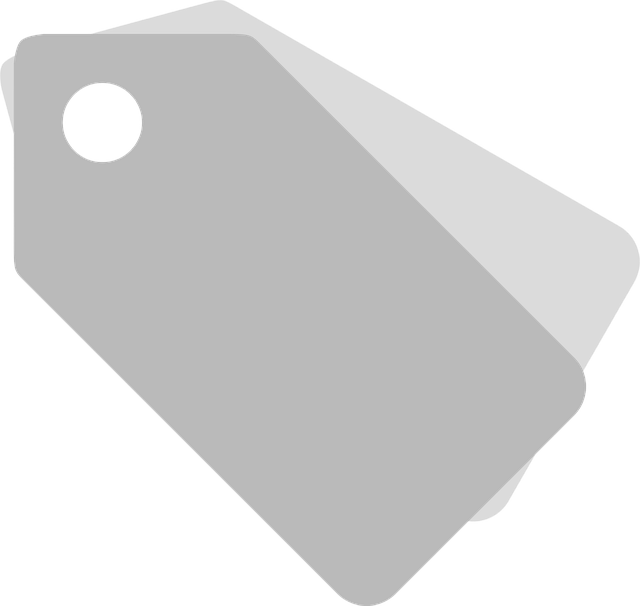Skin tags, caused by friction and hormones, can be managed through monitoring, non-surgical methods (cryotherapy, topical treatments, laser therapy) or surgical options (cryosurgery, laser surgery, excision). Proper post-operative care and at-home routines, including cleaning, moisture, and sun protection, are vital for Glasgow Tag Removal success. Consulting a dermatologist in Glasgow is key to choosing the most suitable treatment method based on individual needs and preferences.
Looking to remove skin tags in Glasgow without scarring? This comprehensive guide explores effective methods for safe and scar-free removal. We delve into the causes of these common growths, offering insights into understanding their nature. Non-surgical techniques are detailed, providing accessible options at home or with professionals. For those considering surgery, we outline minimising scarring risks. Additionally, at-home care tips and prevention strategies ensure comprehensive coverage for Glasgow tag removal.
- Understanding Skin Tags and Their Causes
- Non-Surgical Methods for Safe Removal
- Surgical Options: Minimizing Scarring Risks
- At-Home Care and Prevention Tips
Understanding Skin Tags and Their Causes

Skin tags, also known as acrochordons, are small, soft skin growths that typically appear in areas where skin rubs against itself, such as the neck, armpits, or groin. They are generally harmless and often inherit their development from one’s parents or grandparents. However, understanding their causes is essential for anyone considering Glasgow Tag Removal procedures.
The primary trigger for skin tags is friction, which stimulates a growth of cells in a particular area. This overgrowth leads to the formation of a tag, composed of skin, blood vessels, and connective tissue. Hormones also play a role, especially during puberty and pregnancy, making certain individuals more prone to developing these benign growths. Knowing the causes can help in deciding the best course of action, whether it’s monitoring them, seeking professional removal, or adopting preventive measures to minimize their appearance.
Non-Surgical Methods for Safe Removal

When considering how to remove skin tags without scarring, non-surgical methods offer a safer and more gentle approach. In Glasgow, tag removal services often employ various techniques designed to eliminate these small, harmless growths without leaving visible scars. One popular method is cryotherapy, which involves freezing the skin tags with liquid nitrogen. This procedure is typically quick, relatively painless, and effective for many people. Another non-surgical option is topical treatments, such as using salicylic acid or tag removal creams that contain ingredients like hydrogen peroxide or calcium hydroxide. These treatments work by dissolving the skin tag over time, minimizing the risk of scarring.
Laser therapy is another non-invasive method gaining popularity in Glasgow for tag removal. Lasers target the blood vessels supplying the skin tags, causing them to disappear without leaving scars. This technique may require multiple sessions and can be more expensive than other options, but it offers precise results with minimal downtime. Each of these non-surgical methods has its advantages and is suitable for different individuals. Consulting with a qualified dermatologist or healthcare provider in Glasgow will help determine the best course of action based on personal needs and preferences.
Surgical Options: Minimizing Scarring Risks

When considering surgical options for Glasgow tag removal, it’s crucial to understand various techniques and their scarring risks. Procedures like cryosurgery, where tags are frozen off with liquid nitrogen, often leave minimal scarring but may require multiple treatments. Laser surgery is another option, offering precise targeting of the tag, yet it can result in small, pale scars. A more invasive approach, excision, involves cutting out the tag and stitching the skin closed; while effective, it carries a higher risk of scarring, especially if tags are numerous or located in creased areas.
Modern techniques like staple-less surgery aim to minimize scarring by using specialized tools to remove tags with less tissue disruption. Post-operative care is vital to prevent scarring: keeping the area clean, avoiding harsh chemicals or sun exposure, and following a healthcare provider’s instructions for healing can significantly reduce the likelihood of scars forming.
At-Home Care and Prevention Tips

At-home care plays a significant role in preventing skin tags from reappearing and minimizing scarring. After removal, keeping the treated area clean and dry is essential to avoid infection. Regularly washing with mild soap and warm water, then gently patting the skin dry, can help maintain hygiene. Avoid scratching or picking at the site, as this might lead to scarring.
Additionally, applying a cold compress for a few minutes daily can alleviate discomfort and reduce inflammation. Using over-the-counter creams or ointments with ingredients like hydrocortisone can also aid in healing and prevent skin tags from returning. Preventing new tags involves regular exfoliation to remove dead skin cells, keeping the skin moisturized, and avoiding constrictive clothing that could irritate the skin. For Glasgow Tag Removal, these precautions are vital steps towards achieving smooth, scar-free skin.
When it comes to removing skin tags in Glasgow, understanding your options is key. This article has provided an overview of both non-surgical methods and surgical procedures, highlighting their safety and effectiveness. By choosing the right approach and implementing proper at-home care, you can achieve smooth, tag-free skin without scarring. Remember, prompt action and professional guidance are essential for successful Glasgow tag removal.
